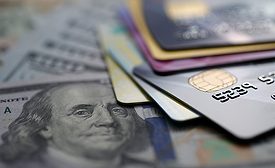Banking/Finance/Insurance
How “Layering” Fraud Detection Could Help Hasten Detection and Response
Read More
A Nucleus of Information-Sharing: Mastercard’s Fusion Center
When it comes to addressing global fraud and security in the financial sector, it takes a network to defeat a network.
August 8, 2018
Sign-up to receive top management & result-driven techniques in the industry.
Join over 20,000+ industry leaders who receive our premium content.
SIGN UP TODAY!Copyright ©2024. All Rights Reserved BNP Media.
Design, CMS, Hosting & Web Development :: ePublishing









